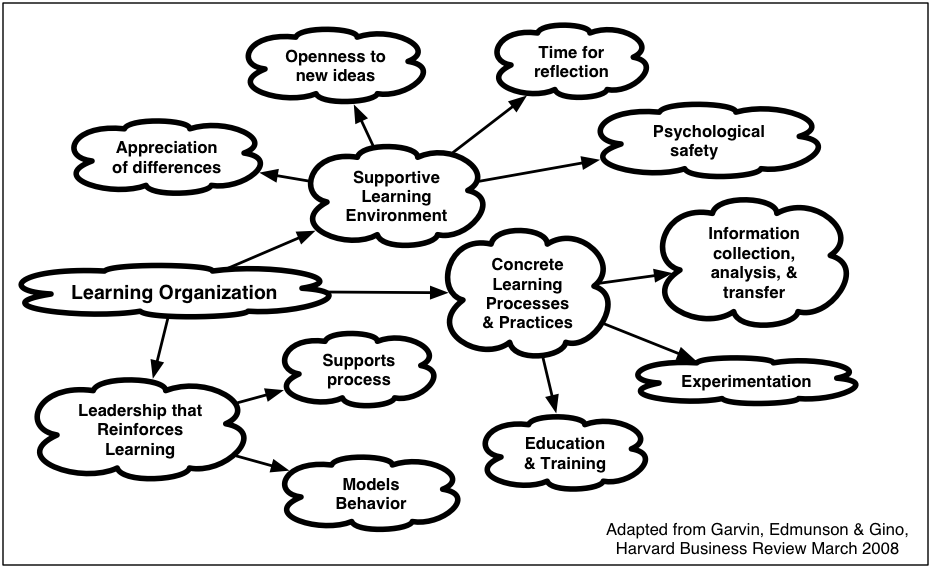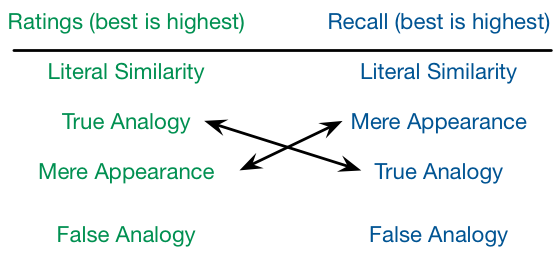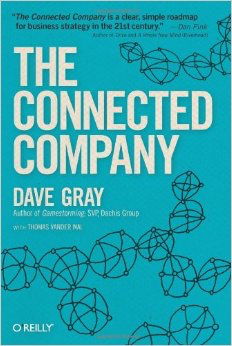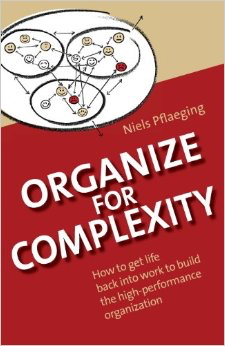This is a rant, but it’s coupled with lessons.
I’ve been away, and one side effect was a lack of internet bandwidth at the residence. In the first day I’d used up a fifth of the allocation for the whole time (> 5 days)! So, I determined to do all I could to cut my internet usage while away from the office. The consequences of that have been heinous, and on the principle of “it’s ok to lose, but don’t lose the lesson”, I want to share what I learned. I don’t think it was evil, but it well could’ve been, and in other instances it might be.
So, to start, I’m an Apple fan. It started when I followed the developments at Xerox with SmallTalk and the Alto as an outgrowth of Alan Kay‘s Dynabook work. Then the Apple Lisa was announced, and I knew this was the path I was interested in. I did my graduate study in a lab that was focused on usability, and my advisor was consulting to Apple, so when the Mac came out I finally justified a computer to write my PhD thesis on. And over the years, while they’ve made mistakes (canceling HyperCard), I’ve enjoyed their focus on making me more productive. So when I say that they’ve driven me to almost homicidal fury, I want you to understand how extreme that is!
I’d turned on iCloud, Apple’s cloud-based storage. Innocently, I’d ticked the ‘desktop/documents’ syncing (don’t). Now, with every other such system that I know of, it’s stored locally *and* duplicated on the cloud. That is, it’s a backup. That was my mental model. And that model was reinforced: I’d been able to access my files even when offline. So, worried about the bandwidth of syncing to the cloud, I turned it off.
When I did, there was a warning that said something to the effect of: “you’ll lose your desktop/documents”. And, I admit, I didn’t interpret that literally (see: model, above). I figured it would disconnect their syncing. Or I’d lose the cloud version. Because, who would actually steal the files from your hard drive, right?
Well, Apple DID! Gone. With an option to have them transferred, but….
I turned it back on, but didn’t want to not have internet, so I turned it off again but ticked the box that said to copy the files to my hard drive. COPY BACK MY OWN @##$%^& FILES! (See fury, above.) Of course, it started, and then said “finishing”. For 5 days! And I could see that my files weren’t coming back in any meaningful rate. But there was work to do!
The support guy I reached had some suggestion that really didn’t work. I did try to drag my entire documents folder from the iCloud drive to my hard drive, but it said it was making the estimate of how long, and hung on that for a day and a half. Not helpful.
In meantime, I started copying over the files I needed to do work. And continuing to generate the new ones that reflected what I was working on. Which meant that the folders in the cloud, and the ones on my hard drive that I had copied over, weren’t in sync any longer. And I have a lot of folders in my documents folder. Writing, diagrams, client files, lots of important information!
I admit I made some decisions in my panic that weren’t optimal. However, after returning I called Apple again, and they admitted that I’d have to manually copy stuff back. This has taken hours of my time, and hours yet to go!
Lessons learned
So, there are several learnings from this. First, this is bad design. It’s frankly evil to take someone’s hard drive files after making it easy to establish the initial relationship. Now, I don’t think Apple’s intention was to hurt me this way, they just made a bad decision (I hope; an argument could be made that this was of the “lock them in and then jack them up” variety, but that’s contrary to most of their policies so I discount it). Others, however, do make these decisions (e.g. providers of internet and cable from whom you can only get a 1 or 2 year price which will then ramp up and unless you remember to check/change, you’ll end up paying them more than you should until you get around to noticing and doing something about it). Caveat emptor.
Second, models are important and can be used for or against you. We do create models about how things work and use evidence to convince ourselves of their validity (with a bit of confirmation bias). The learning lesson is to provide good models. The warning is to check your models when there’s a financial stake that could take advantage of them for someone else’s gain!
And the importance of models for working and performing is clear. Helping people get good models is an important boost to successful performance! They’re not necessarily easy to find (experts don’t have access to 70% of what they do), but there are ways to develop them, and you’ll be improving your outcomes if you do.
Finally, until Apple changes their policy, if you’re a Mac and iCloud user I strongly recommend you avoid the iCloud option to include Desktop and Documents in the cloud unless you can guarantee that you won’t have a bandwidth blockage. I like the idea of backing my documents to the cloud, but not when I can’t turn it off without losing files. It’s a bad policy that has unexpected consequences to user expectations, and frankly violates my rights to my data.
We now return you to our regularly scheduled blog topics.



